Bow and Stern Anchoring: How to Use a Stern Boat Anchor

There is a wide variety of anchorages out there, each with its own challenges. It is therefore important, as a boater, to be armed with a wide variety of anchoring techniques to suit all occasions. This article will focus on one such technique: anchoring bow and stern. We’ll look at when to use this option and how to deploy it successfully.
When
Dropping a stern (a.k.a. Kedge) anchor in addition to your primary is a good idea in certain situations. You may want to use this technique If you are anchoring with limited space available such as in a channel or narrow bay. This way, you’ll prevent your boat from swinging into another vessel or running aground. Another possible case is to maintain a heading into the swell for greater comfort.
In most other scenarios, it is not a good idea to use a stern anchor this way because your boat will not swing. If you are unsheltered and conditions are unpredictable for example, you may end up with waves crashing astern, which is at minimum unpleasant but can be downright dangerous.
Setting both anchors well and aligning your boat the way you want takes practice, so even if you don’t think you need to add the stern anchor, you may want to put it out for practice to be ready for times when you do need it.
How
Preparation
Bow and stern anchoring begins with a little preparation. Find a safe spot to pause before setting anchor. Make sure you’ve got your stern anchor and rode prepared and ready to load into your dinghy. Attach the tripping line and buoy to your stern anchor’s trip line hole (adding a trip line is optional but a good idea for retrieval, and the buoy does double-duty letting other boaters know that you have a stern anchor out and where it is). Load the stern anchor, flaking the rode so it will pay out of the dinghy nicely. Check and double-check that you have the end of your rode tied to your boat or in a winch and through a fairlead if you’ve got one!

Deployment
- Set your primary anchor as usual, facing into the wind
- Back away and set your anchor but pay out more line than your intended scope
- Using a dinghy, take the stern anchor behind and off one corner of the boat to angle the boat about 15 degrees off the swell windward. Drop the stern anchor with minimum 5:1 scope
- Take in the slack of the stern anchor and set it. Adjust to the desired scope for your primary anchor while paying out line for the stern anchor as needed. Both anchors should now be taut
Retrieval
- Ensure your engines are ready to power you out
- Give your stern anchor line some slack and take the dinghy out to the tripping line buoy (if used) to haul the anchor using the tripping line. If you didn’t employ a buoy and tripping line, you’ll need to slack the bow line and power back to the stern anchor point hauling the anchor like you would do for a primary anchor.
- Bring stern anchor rode and anchor back onto the boat and stow them properly
- Secure your dinghy
- Haul your primary anchor as usual, and off you go!
Finally
Now that you have the basics on when to use bow and stern anchoring and how to deploy and retrieve your stern anchor, it is time to practice. Through practice you will discover the little details that might suit your particular ground tackle setup better. During retrieval for example, if you have two bow rollers, you could haul your primary anchor first, then feed your stern anchor line through the second roller and haul the stern anchor like you would the primary.
You may now be left asking what type and how large an anchor you should use as a stern anchor. We have an article dedicated to that right here. Remember: anchor right, good night!Published
Recent Posts
Our history: a 20 year journey
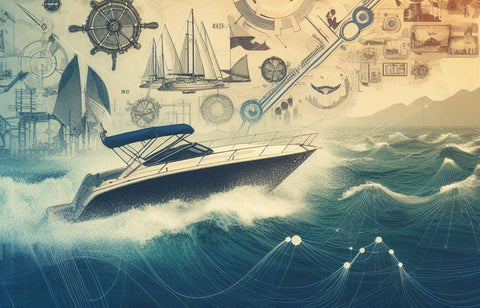
Boat Cleaning Tips for Anglers: Keeping Your Vessel Spotless and Pristine
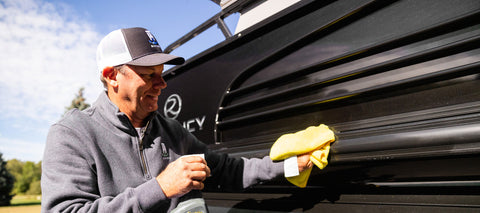
Avast, Ye Mariners! Master the Art of Docking: A Swashbuckling Guide for Boaters
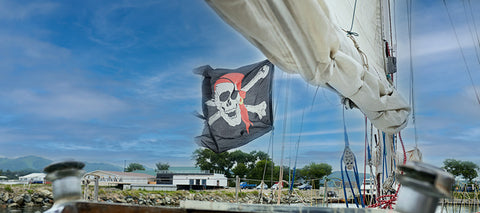
Top Reasons to Keep a Boating Maintenance Log
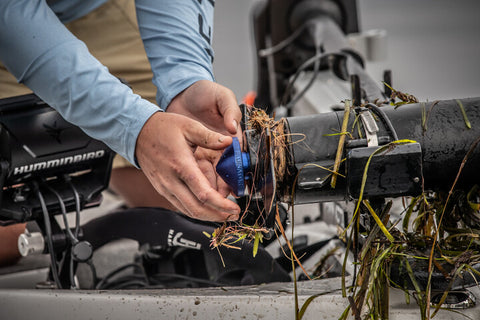
4 Top Tips for Buying a New-to-you Used Boat
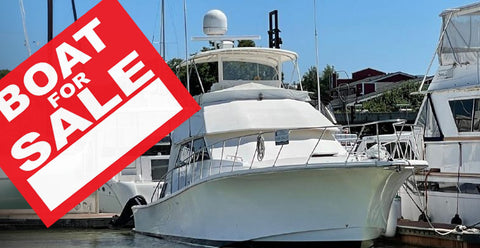
Top Trends in Recreational Boating for 2023
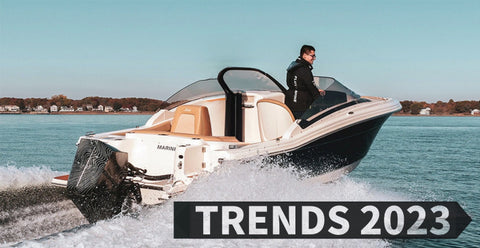
Bent Boat Anchor Shank: Common Causes and Prevention Tips
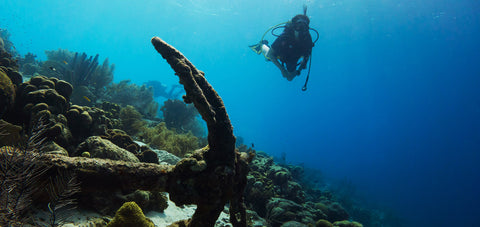
Prepare Your Boat For An Above Average Hurricane Season
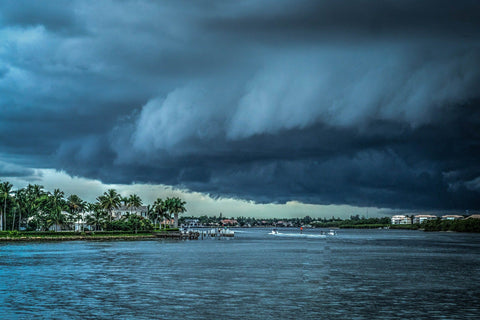
Best Methods For Anchoring Your Jet Ski in Deep or Shallow Water
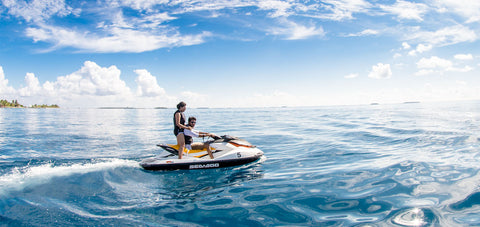
Best Options For Connecting Your Boat To WiFi Internet
